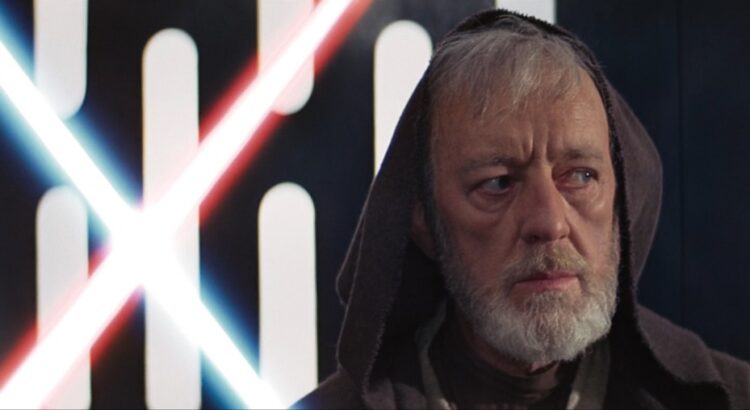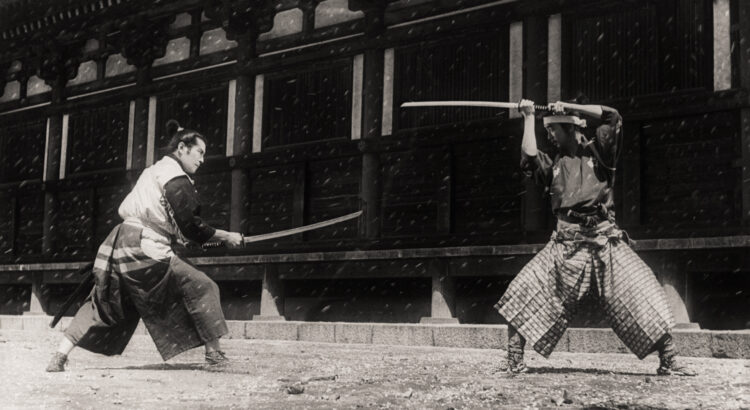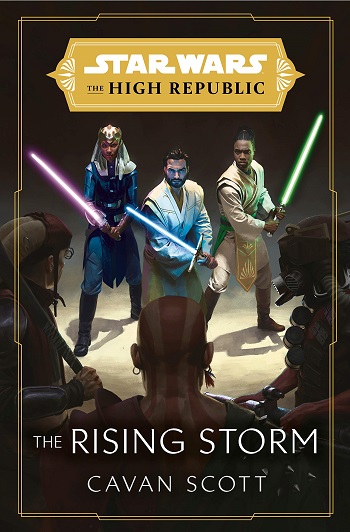It’s not easy saying goodbye to something that’s been a significant part of your life for a significant part of your life. But sometimes, it might be the healthiest choice. No, I’m not talking about the upcoming closure of this website – although this is Eleven-ThirtyEight’s penultimate article – but instead, an all-consuming interest in Star Wars itself. Burnout is real, fatigue is real – and sometimes the best way to preserve your joy is to take a step back, at least for a while.
For most things, it’s easy. If I’m feeling let down by Marvel movies, or if a TV show feels more like a chore than something fun – it’s easy enough to drop it. For many people, that’s just what Star Wars is too: a fun thing to engage with sometimes. For people who are invested, dedicated to a “fandom” – that level of engagement might be different. The desire to read everything, watch everything, and talk about everything can be all-consuming. Usually, people do this because they love it – it’s energizing and fun. But sometimes it gets exhausting, and you need a break. Or at least, you need to re-evaluate what’s happening to you.
Breaks can be a good thing. In the years before ETE was founded, I was on a break with Star Wars. The Bantam era, New Jedi Order, and prequel trilogy were the high-water marks of my engagement with Star Wars – and there was a lethargy to the franchise in the years afterward. The books of the Legacy era irritated me more than I enjoyed them, so I made the choice to step back, and only read the books that actually excited me: a handful of amazing reference books like the Essential Atlas or Essential Guide to Warfare, or one-off books like Shadow Games. That break was very healthy for me – and I ended up fresh and energized for the new era of Star Wars storytelling that began in the fall of 2014.
The glow of the sequel era and the halcyon days of the early new canon have ended, overshadowed by incessant online toxicity and generally anemic onscreen storytelling. Publishing has always been the center of my engagement with Star Wars, but even there I feel a growing disconnect. There are still things that spark joy: Visions, Andor, Ronin, parts of The High Republic. There are still moments of magic – as much as I criticize nostalgia for nostalgia’s sake, nothing will never surpass the joy I felt seeing Vivien Lyra Blair’s young Leia for the first time. There are still things I look forward to: From a Certain Point of View: Return of the Jedi is not far away, and the idea of bringing new voices and new perspectives to Star Wars has been something I’ve loved from the beginning. But other times? I’m not feeling it – and I want to talk about why.
Read More




